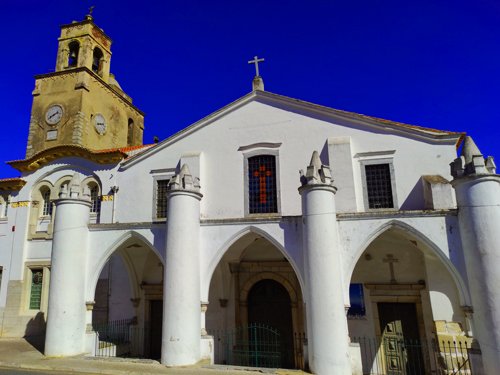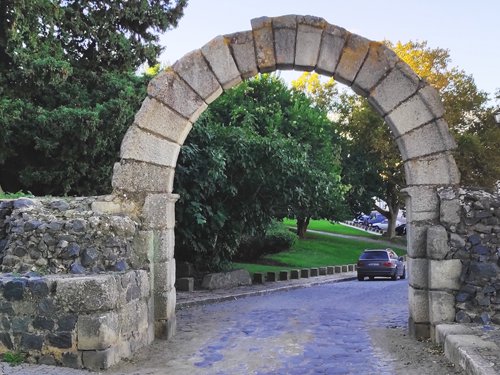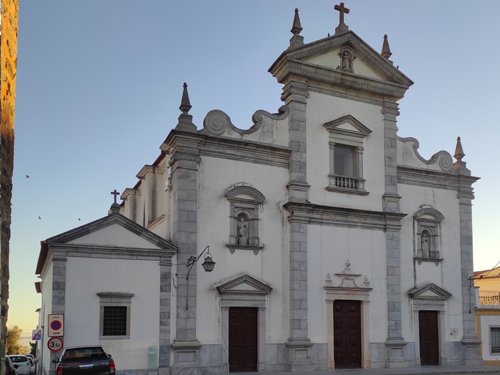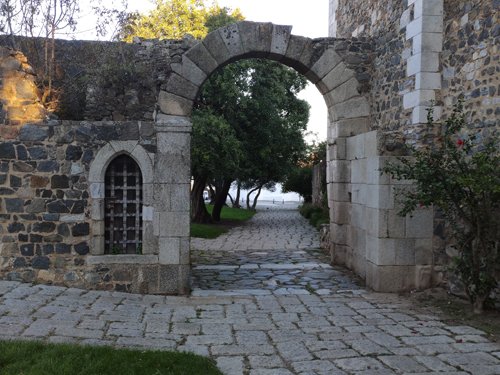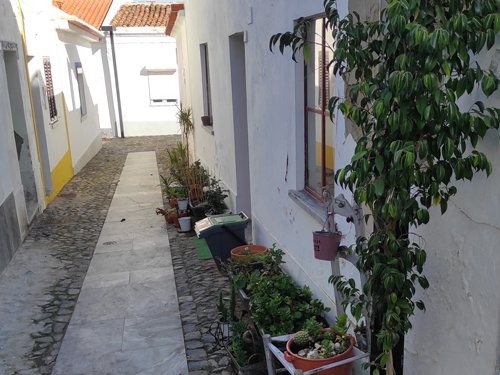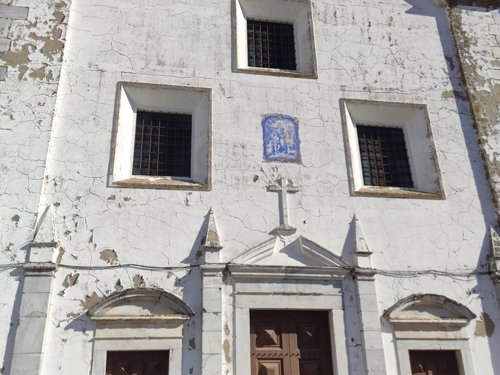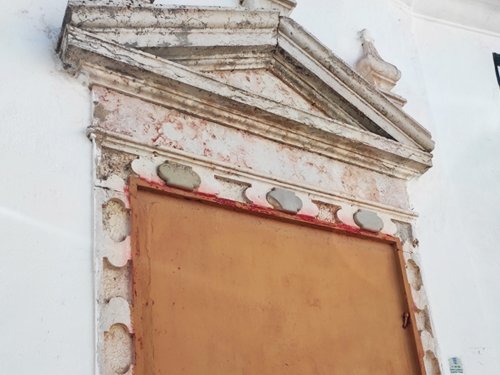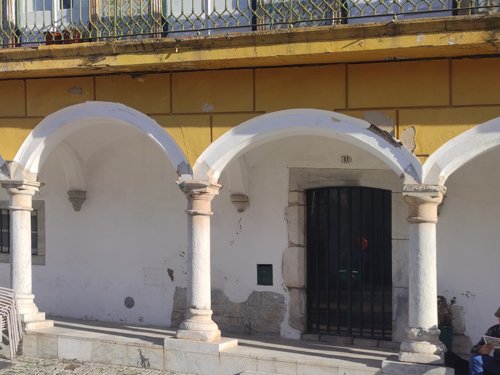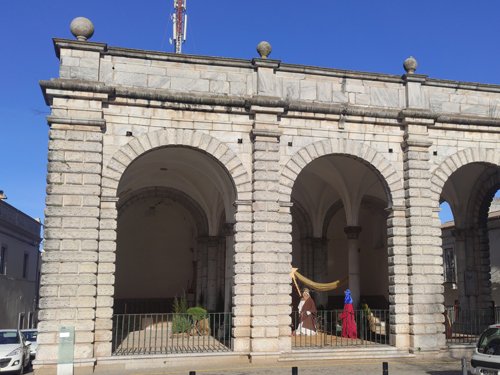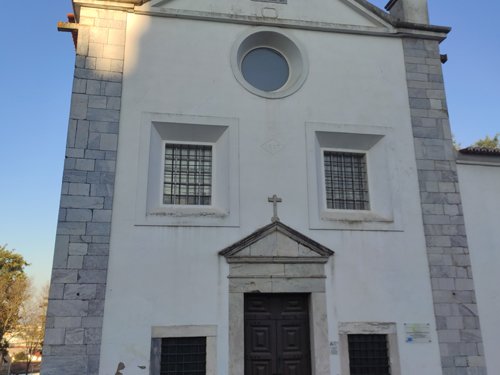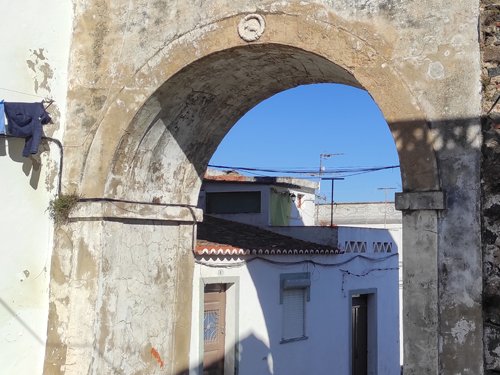Walking through the city historical center you will find one of the oldest temples in Beja: the Church of Santa Maria. This church dates back to the Visigothic period of the second half of the 13th century and during the Muslim occupation it was used as mosque.
Sidebar
What to see in Beja?
- Icon: fa fa-bicycle
Beja the old Pax-Julia was an economic, military and administrative center of extreme importance in the process of Roman colonization of the Iberian Peninsula.
No Review
0 ReviewsThere are references to this ancient temple, since the reign of D. Fernando, when it served as the parish of São Tiago. At the time of Filipe I (1590) it underwent renovations that definitively changed its medieval appearance and in 1624, due to its state of neglect, it was rebuilt according to the taste of the time.
No Review
0 ReviewsBuilt outside the walls, next to the castle and to one of the city's Roman outposts, the Évora gate, this church in the simplicity of its façade “hides” the artistic-architectural preciousness that it keeps inside. A remarkable set of capitals attest to its Visigothic origin.
No Review
0 ReviewsLocated next to the keep, it largely survived because it was stuck between backyards and houses for many years. Under the arch you can still find traces of the primitive Roman pavement.
No Review
0 ReviewsThe millenary Pax-Julia was structured around it. From its top, it is possible to take a look at the city and the fields that surround it.
No Review
0 ReviewsOne of the most interesting in the city, with an ornamentation featuring a bull that crosses round capitals decorated with floral motifs.
No Review
0 ReviewsIn addition to the name, the whole of it seems to secrete old stories and legends between Moors and Christians.
No Review
0 ReviewsClose to Mouraria and Alcaçarias, its foundation dates back to 1264. In 1519, the Confraternity of the Body of God was based there. The various reconstructions removed aspects worthy of highlighting.
No Review
0 ReviewsThe “Steps” are small altars that represent the different episodes of the Passion of Christ. In Beja, only the “Steps” of Portas de Moura, Praça da República and Rua Ancha remain. It is one of the most picturesque corners of the city. It consists of an altar, altarpiece and pediment inlaid in marble. It was executed by António Nobre, a stonemason from Bejense, in 1675.
No Review
0 ReviewsThis convent was founded in 1459 by Infantes D. Fernando and Dona Beatriz, parents of D. Manuel I and Queen Dona Leonor.
No Review
0 ReviewsIt was the first convent to be built in the lands conquered from the Arabs and is located outside the belt of walls and in front of the main gates of the city, the Portas de Mértola.
No Review
0 ReviewsThis famous window belonged to the demolished Carmo Convent, having been applied to the current building at the end of the 19th century.
No Review
0 ReviewsUntil the 19th century, the old Praça D. Manuel I had a Manueline archway on one side, however, at the end of the last century, part of these arches were demolished and the rest were covered by the owners of the houses.
No Review
0 ReviewsFollowing the construction of Praça Nova, the work of D. Manuel I, his son D. Luís decided to provide it with a public market. For this he chose one of the tops of the square. The building was so sumptuous that the Infante, in a letter dated April 17, 1550, proposed to the councilors of the council that it be given a more dignified destination.
No Review
0 ReviewsLocated next to the Prazeres arch, it has a very simple façade that does not betray the artistic richness of its interior.
No Review
0 ReviewsFormerly known as “Postigo da Corredoura” due to its small dimensions and the fact that it communicates directly with the place where the fairs were held and where cattle ran.
No Review
0 ReviewsThe church of “Pé da Cruz” is located in the old outskirts of Alcaçarias from the time of the Arab occupation.
No Review
0 ReviewsWhen we enter the city from the Lisbon side, we come across the Ermida de Santo André. The primitive hermitage was built by D. Sancho I, at the place where Captain Fernão Gonçalves met on the night of November 30, 1162 to combine the assault on the city.
No Review
0 ReviewsThis entrance possibly dates back to Roman times. The oldest known references date back to the 16th century.

